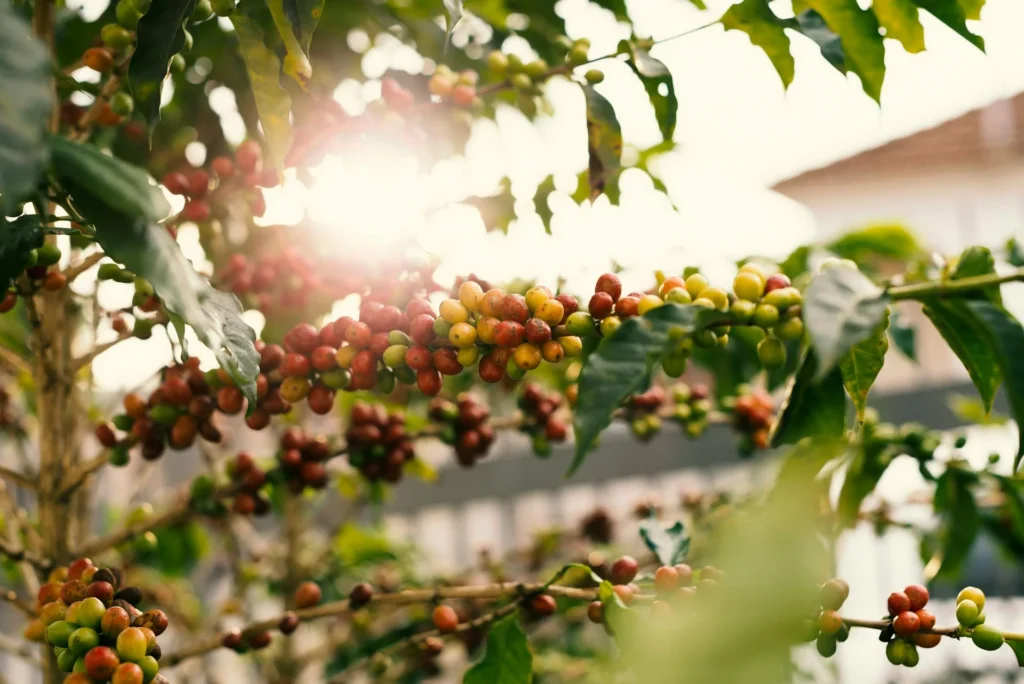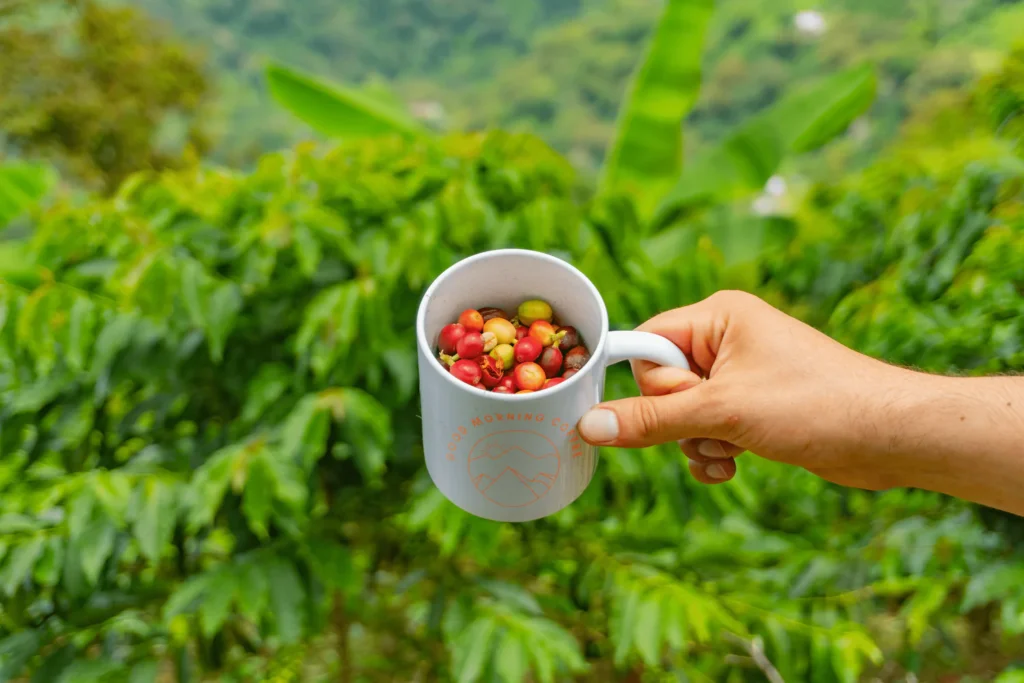Kenyan coffee is often described as vibrant, juicy, and explosively complex. With its signature high-acidity profile and fruit-forward intensity, it’s a darling of the pour-over world. But what about Kenyan Beans for Espresso? Can such a bright, high-acid coffee hold up under the pressure of an espresso machine? The answer is yes—but it’s not plug-and-play.
In this article, we explore how these beans offer a bold, fruit-forward experience unlike any other. Known for their juicy acidity, deep berry flavors, and bright finish, Kenyan beans bring a whole new energy to your espresso shot.
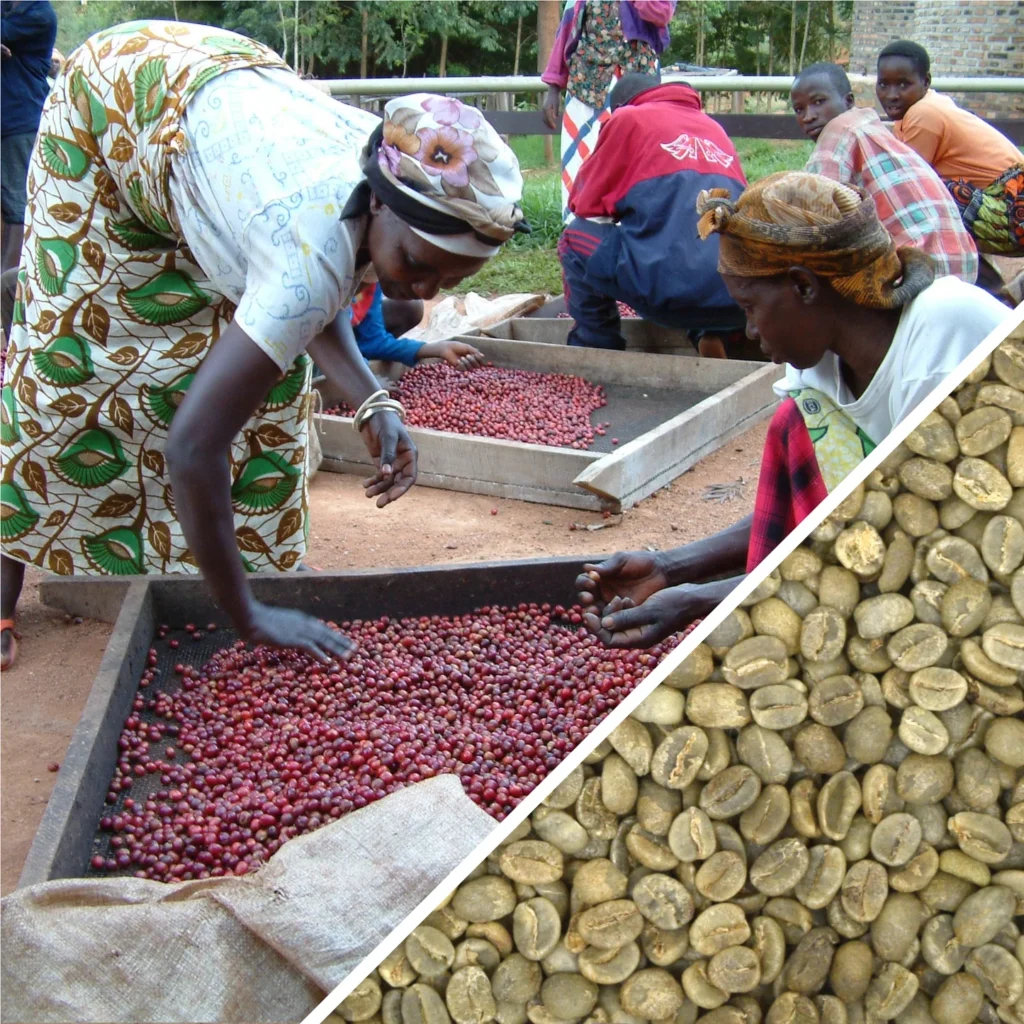
What Makes Kenyan Coffee So Distinctive?
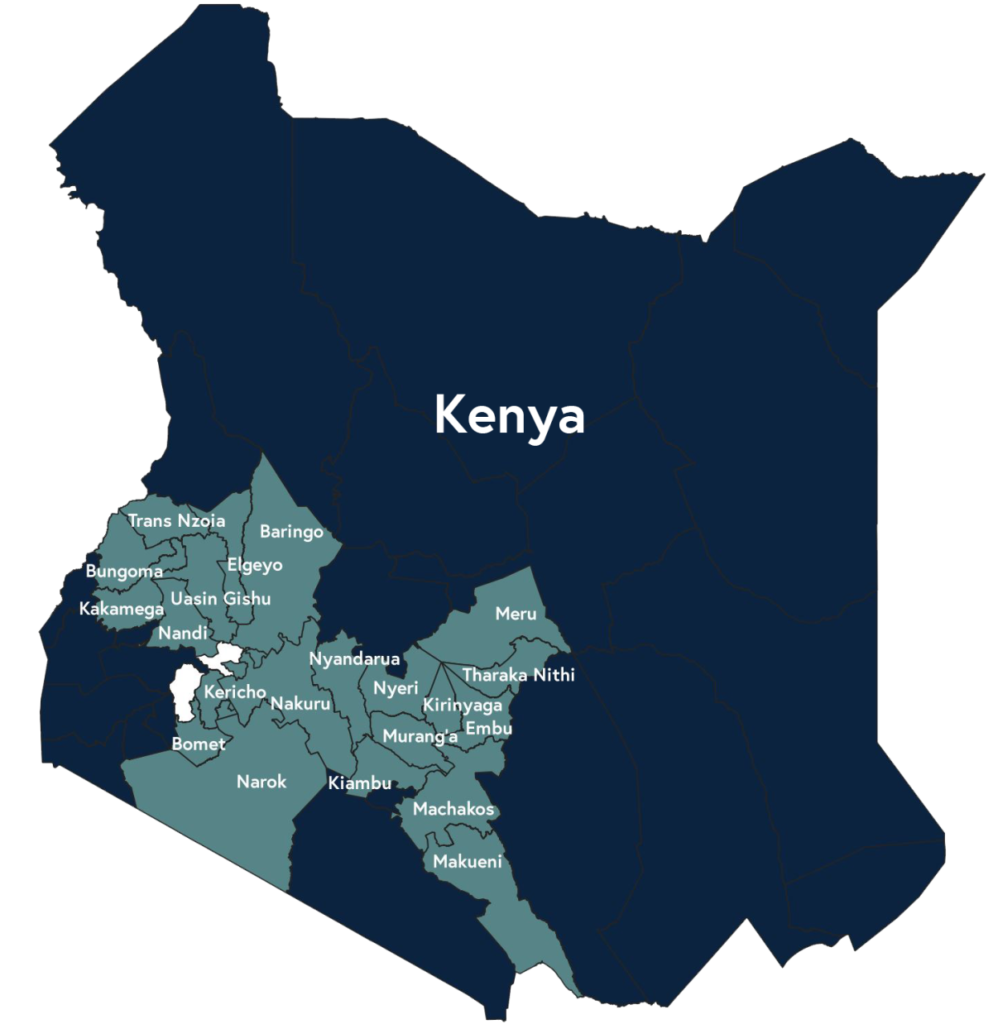
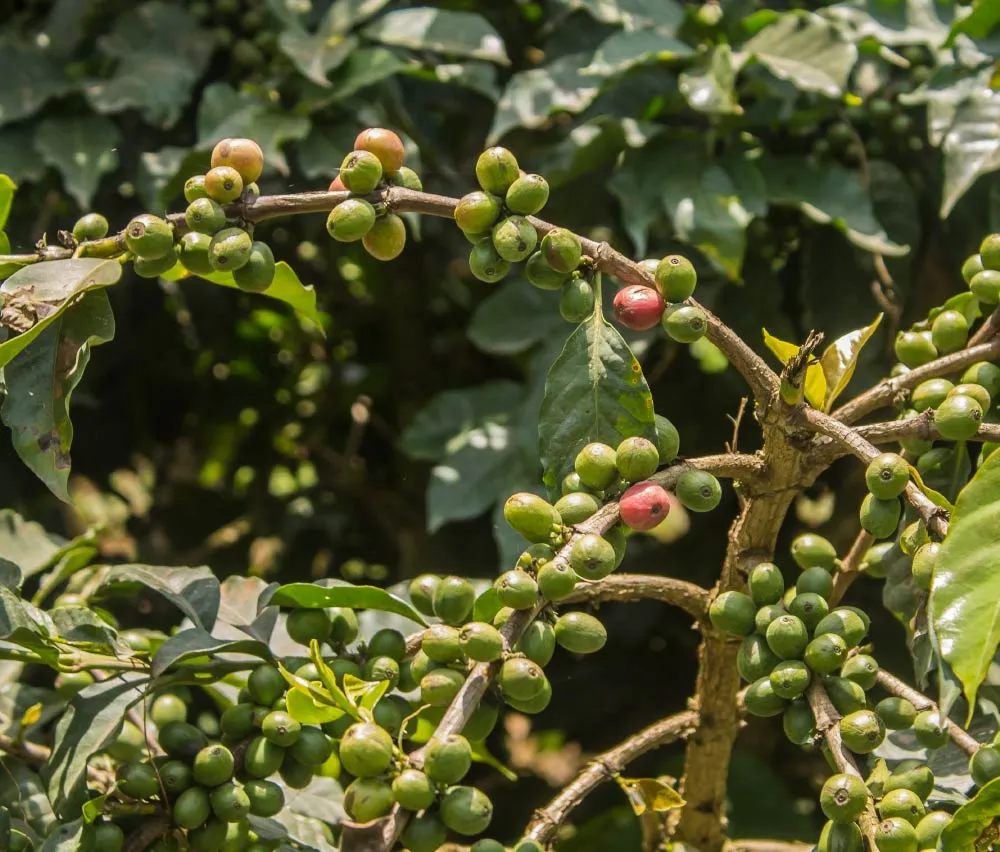
Kenya’s unique espresso potential starts with:
- High altitudes: 1,500–2,100 meters
- Rich volcanic soil
- SL28 & SL34 varietals with big flavor potential
- Double fermentation washed processing
- Strict cherry selection from well-organized cooperatives
These conditions produce coffees with:4
- High citric/tartaric acidity
- Floral aromatics
- Berry and blackcurrant intensity
- Wine-like structure and clean finishes
Flavor Profile of Kenyan Beans in Espresso

You’ll typically find notes like:
- Blackcurrant, red berries, cranberry
- Grapefruit, orange peel, tamarind
- Violet, hibiscus, rose
- Tomato (yes, in a good way!)
- Molasses and winey sweetness
These create an espresso that’s complex and thrilling—if properly balanced.

Why Kenyan Coffee Can Be Tricky in Espresso
Kenyan beans are naturally high in acidity and dense due to their altitude and varietals. That means:
- Easy to under-extract = sour, sharp, grassy flavors
- Easy to over-extract = overly dry, bitter grapefruit bitterness
- Requires tight control of roast development and extraction parameters

Best Regions for Kenyan Espresso
Nyeri
- Signature blackcurrant note
- Great structure and wine-like finish
- Espresso Profile: Juicy, complex, silky
Kirinyaga
- High acidity, floral and citrus-driven
- Ideal for adventurous espresso shots
Embu & Murang’a
- More balanced and rounded
- Slightly lower elevation = easier to extract
- Good intro regions for Kenya-based espresso

Roasting Kenyan Coffee for Espresso
Key Tips:
- Roast to medium or medium-light to preserve aromatics but tame acidity
- Avoid high charge temps—Kenyan beans are dense and need even heat
- Extend Maillard and development phases for sweetness and balance
- Consider split roasts to blend bright and sweet elements together
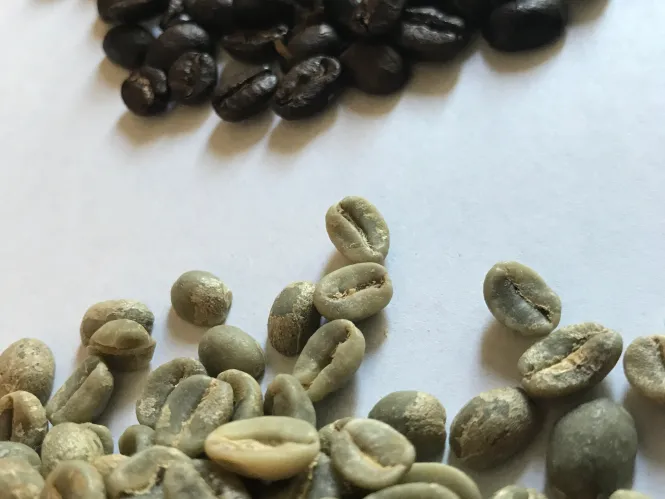
Dialing In Kenyan Beans for Espresso
Image 9: Espresso recipe card with Kenya-specific notes
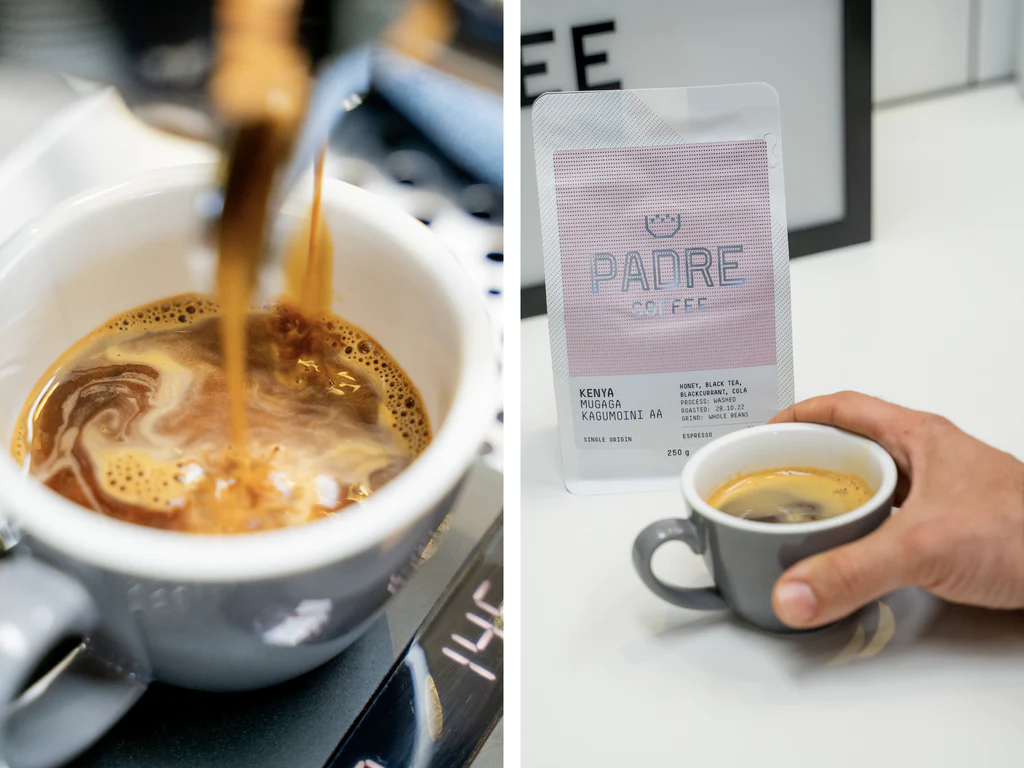
Suggested Starting Recipe:
- Dose: 18g
- Yield: 38g
- Time: 30–33 seconds
- Temp: 201–203°F
- Grind: Medium-fine
- Pre-infusion: 4–6 seconds (optional but helpful)
Tuning the Cup:
- Flavor Issue Likely Cause Solution
- Sour, grassy Under-extraction Finer grind, longer shot time
- Bitter grapefruit Over-extraction Coarser grind, lower temp
- Muted fruit Roast too dark Use lighter, longer development roast

Kenyan Espresso in Blends
Though more commonly enjoyed as a single origin, Kenya can:
- Add electric acidity and complexity
- Cut through heavy milk bases with clarity
- Boost fruit-forward profiles in spring/summer blends
Use sparingly (10–25%) to balance against deeper, sweeter origins.
Who Should Try Kenyan Espresso?

Kenya is ideal for:
- Espresso connoisseurs
- Cafés offering rotating seasonal origins
- Drinkers who enjoy acidity, florals, and red fruit
- Signature drinks with citrus or berry pairing
Final Thoughts: When Acidity Works, It’s Kenya
Kenyan espresso isn’t for the faint of palate—but for those who love clarity, brightness, and complexity, it delivers a shot like no other. With proper roast control and thoughtful dialing in, you’ll unlock vibrant fruit, sweet florals, and a body that glides with elegance.
In a world where espresso is often dark and heavy, Kenya offers light, color, and flavor at full volume.
Written by Jose Luis Surjan
Espresso & Latin Food Expert

